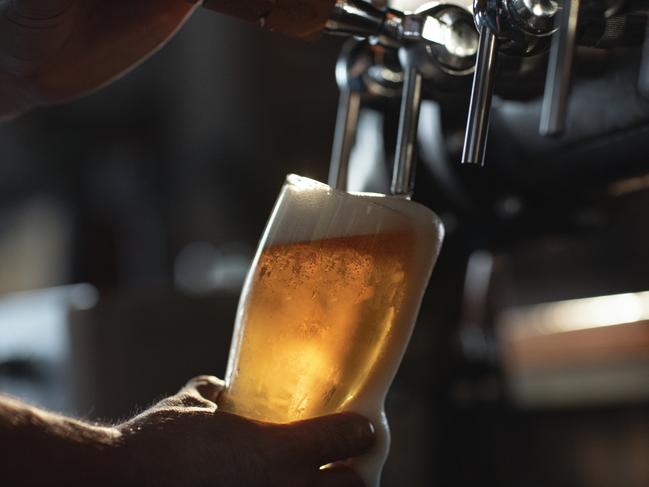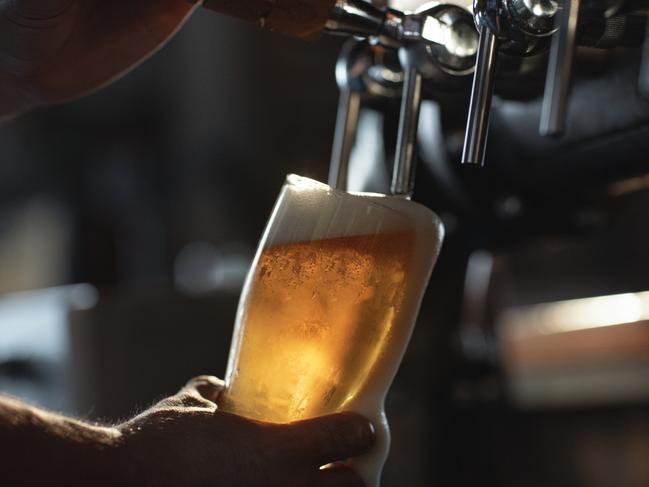AI designed by Australian Catholic Uni associate professor revolutionising beer quality test
Your favourite beer could soon be getting the tick of approval from AI.

QLD Taste
Don't miss out on the headlines from QLD Taste. Followed categories will be added to My News.
One of Australia’s biggest breweries has teamed up with a computational intelligence expert from an Australian University to revolutionise their quest to create the best beer.
Australian Catholic University Associate Professor and computational intelligence expert, Niusha Shafiabady, has put her 20 years of experience in artificial intelligence to create a system that can test the quality of beer without wasting a drop.
Shafiabady said in the first phase of consultation with the brewer, who could not be named, she designed the machine learning program or neural network to consider 36 production parameters provided to her by the industry partner.
The quality of a beer is determined by the ‘divine drink’s’ pH and Nibem, a term which describes the stability of the head, or foam on a beer, which can be impacted by those 36 parameters.
The parameters provided by the brewer included factors like changing temperature, pressure and amount of CO2.
Shafiabady created nine different models of the neural network, which took data on the 36 parameters from the company’s current production line, and used this to gain a baseline understanding.
From here the networks were able to be trained to imitate the behaviour of the production line, and when prompted by human users, at the press of a button, were able to assess and predict the impact of even the smallest adjustments.
This technology is a huge breakthrough for brewers and the manufacturing and production industry as it removes the necessity for companies to test each individual quality parameter in an actual production run, which can be both an incredibly expensive and incredibly time-consuming effort.
■ Why your beer is set to cost more

“Instead of tweaking those variables manually, they can find out what those values should be ahead of production to ensure the desired quality,” Shafiabady said.
“That changes the game for beer producers because they will know beforehand the optimal combination of those variables to produce the best outcome.”
The second phase, Shafiabady described as a lot more complicated, though at its simplest, she coined the process ‘reverse AI’.
“In the second phase, they (brewer) wanted to see what were the best combinations of these parameters to get a good quality beer, so that the pH is between these two numbers and the Nibem should be this number and so on,” she said.
“I created something I call ‘reverse AI’, so usually AI predicts an outcome or creates, like ChatGPT for example, whereas this one we know the outcome and now we need to go back and see how we can create that outcome.”




